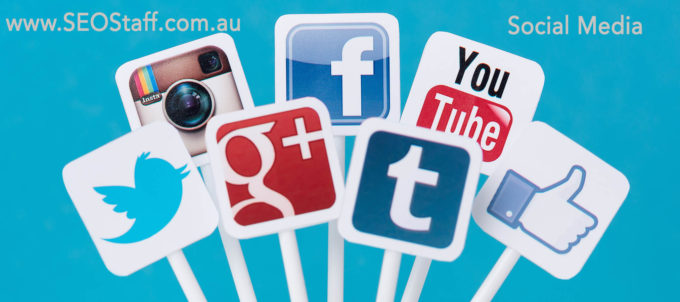
Digital marketing campaigns cannot ignore social media. With billions of users, various social media sites represent a huge source of potential customers for businesses. To this end, businesses are increasingly using paid social media as an integral part of digital marketing campaigns. Paid social media means sponsoring contents and posting advertisements on social media sites instead of just posting on social media sites with the hope of getting followers. Paid social media strategies effectively convey the message to your target customers and boost your social media visibility. The result is more fans, shares, likes, and sales.
Targeting Capabilities of Paid Social Media
Paid social media is a marketing strategy that involves paying to display advertisements or sponsored content on social media platforms. This type of advertising can take many forms, including promoted posts, display ads, sponsored videos, and influencer marketing.
Paid social media has become increasingly important in recent years because it allows businesses to reach a wider audience and target specific demographics with greater precision. Social media platforms like Facebook, Instagram, and Twitter offer powerful targeting tools that allow businesses to select their audience based on demographics, interests, behaviors, and more.
Benefits of using paid social media
By using paid social media, businesses can increase their brand awareness, drive traffic to their website, generate leads, and even boost sales. Paid social media can also be a cost-effective way to advertise, as it allows businesses to set their own budget and pay only for the clicks or impressions they receive.
The various beneficial effects of paid social media have been discussed here.
Reaching target customers
Social media sites have a wealth of personal information about their users. A paid social media campaign helps you in identifying audience segments by gender, age, religion, location, political and other preferences, connections and followers, mobile platforms preferred, etc. Based on the audience segments, you can pinpoint on your target audience and craft advertising messages suited for your target audience. The various factors determining the audience segments vary from one social media platform to another, thus paid social media must also be according to the audience on each platform.
Improving your reach
Paid social media ads ensure that your brand appears in the feeds of the users. This improves your brand visibility and brand awareness among users. As a result, you can get more traffic to your website which increases sales. The posts by friends and family members mainly make up the feeds of social media users, thereby restricting the reach of brands on social media. This is also a primary reason for opting for paid social media.
Swift experimentation
Paid social media enables you to experiment with word choices, image styles, calls to action, etc. on audience segments to determine the best content types for various audience segments. The results are swift because paid social media delivers the contents to the audience at a quick rate.
Promoted posts
Facebook is one of the major social media sites with billions of users all over the world. Thus, promoted posts on Facebook constitute one of the main features of paid social media. Facebook allows you to select location and radius, age, gender and user interests for promoting your posts. You are also able to determine your budget, maximum spending and the time duration for the post to be promoted. Tools are also available to get an estimate of the reach of your promoted post.
Twitter enables you to promote tweets based on location, device, language, and gender. Furthermore, you also get to target your audience by over 350 categories such as users searching for a particular keyword, following television programs or following specific Twitter handle. You get to fix your daily budget for the promoted tweets.
LinkedIn enables you to target an audience based on factors such as job function, job title, seniority, industry, company, geography, education, and industry.
You can promote press releases, white papers, etc. on the main feed.
Paid social media also requires you to have an agency which assists your business in implementing, monitoring and analyzing the results of paid social media marketing efforts.
In conclusion, the concept of paid social media has become an essential component of many digital marketing strategies. By leveraging the targeting capabilities of social media platforms and creating compelling sponsored content, businesses can effectively reach their target audience and achieve their marketing goals.

0 Comments